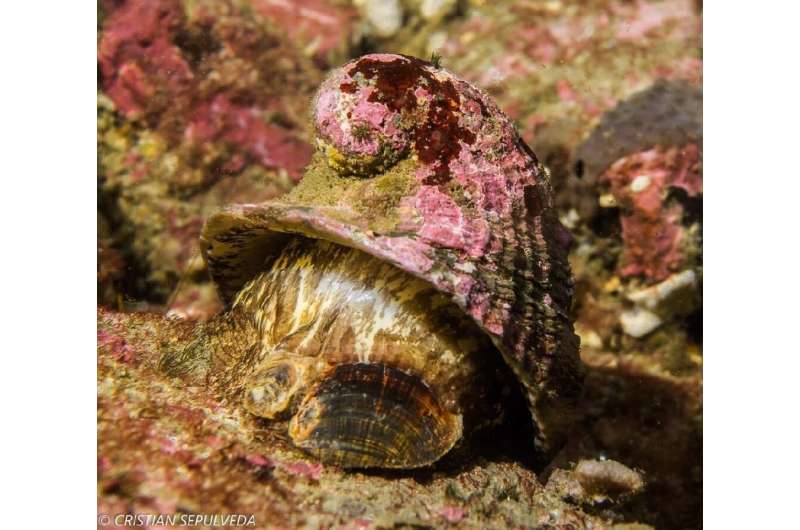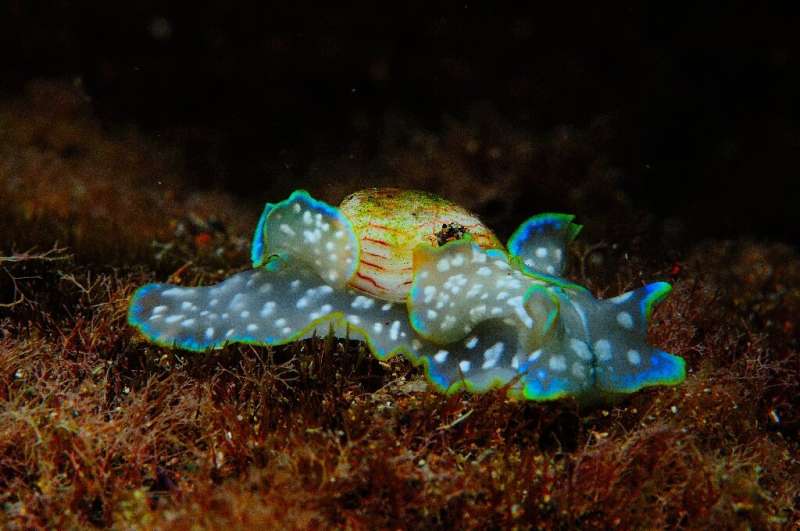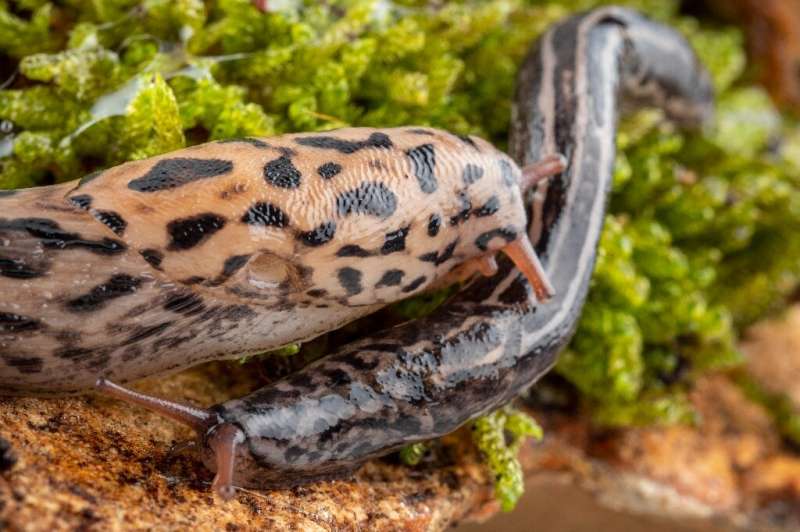This article has been reviewed according to Science X's editorial process and policies. Editors have highlighted the following attributes while ensuring the content's credibility:
fact-checked
reputable news agency
proofread
'Not the most attractive': Underdog snail wins Mollusc of the Year

In the end it was neither beauty, nor gymnastic mating rituals that won the public over.
In voting the Chilean abalone to victory in the international "Mollusc of the Year" contest on Thursday, people seem to have voted with their stomachs.
The edible underdog—known commonly as the "loco"—pulled in 42 percent of the global votes, despite being up against some formidable opponents. Contenders included the psychedelic attractions of the Wavy Bubble Snail and the giant Methuselah oyster, which can live for 500 years.
If sporting acclaim and recognition wasn't enough, the tough-shelled sea snail will now have its entire genome decoded by the LOEWE Centre for Translational Biodiversity Genomics, which runs the competition, in an effort to benefit science and humanity.
The loco's nominating researchers basked in the victory.
"It feels great. As you can understand, the 'loco' is not the most attractive mollusc," researcher J. Antonio Baeza of Clemson University in South Carolina told AFP.
"Although I guess it must be way more tasty than a sea slug."
Served simply with a dab of mayonnaise or added to soup, this snail is a traditional delicacy in its home countries of Peru and Chile.

That popularity may have helped the Chilean abalone to victory, but the loco's potential extends far beyond the dinner plate.
Unlocking the top predator and keystone snail's genome will reveal how marine invertebrates deal with overfishing and pollution on a molecular level, researchers say.
It could also potentially boost the fight against certain types of cancer in humans thanks to the oxygen transporting pigments in its blood.
Mysterious molluscs
The annual competition is held to raise awareness of the diverse animal group, which range from the deep sea colossal squid to garden slugs.
Molluscs have been around for more than 500 million years and are the second largest phylum of animals after insects.
But they are shrouded in mystery, organizers say, because of a lack of genetic research.
The aquatic South American snail made its slow slide to victory a long list of 85,000 contenders was whittled down to five finalists that slugged it out in a public vote that ended on Sunday.

In second place came the billowing neon skirts of the Wavy Bubble Snail, followed by the long-lived Methuselah oyster and the thick-horned nudibranch.
In last place was the leopard slug—the only land mollusc on the list, notable for its feline body markings and an intricate mating ritual that sees couples climb a tree together and then abseil off.
The loco sea snail joins the Greater Argonaut octopus and the spectacular Cuban painted snail in the mollusc hall of fame.
And given the slow pace of the competition, organizers say they are already accepting nominations for 2024.
© 2023 AFP




















